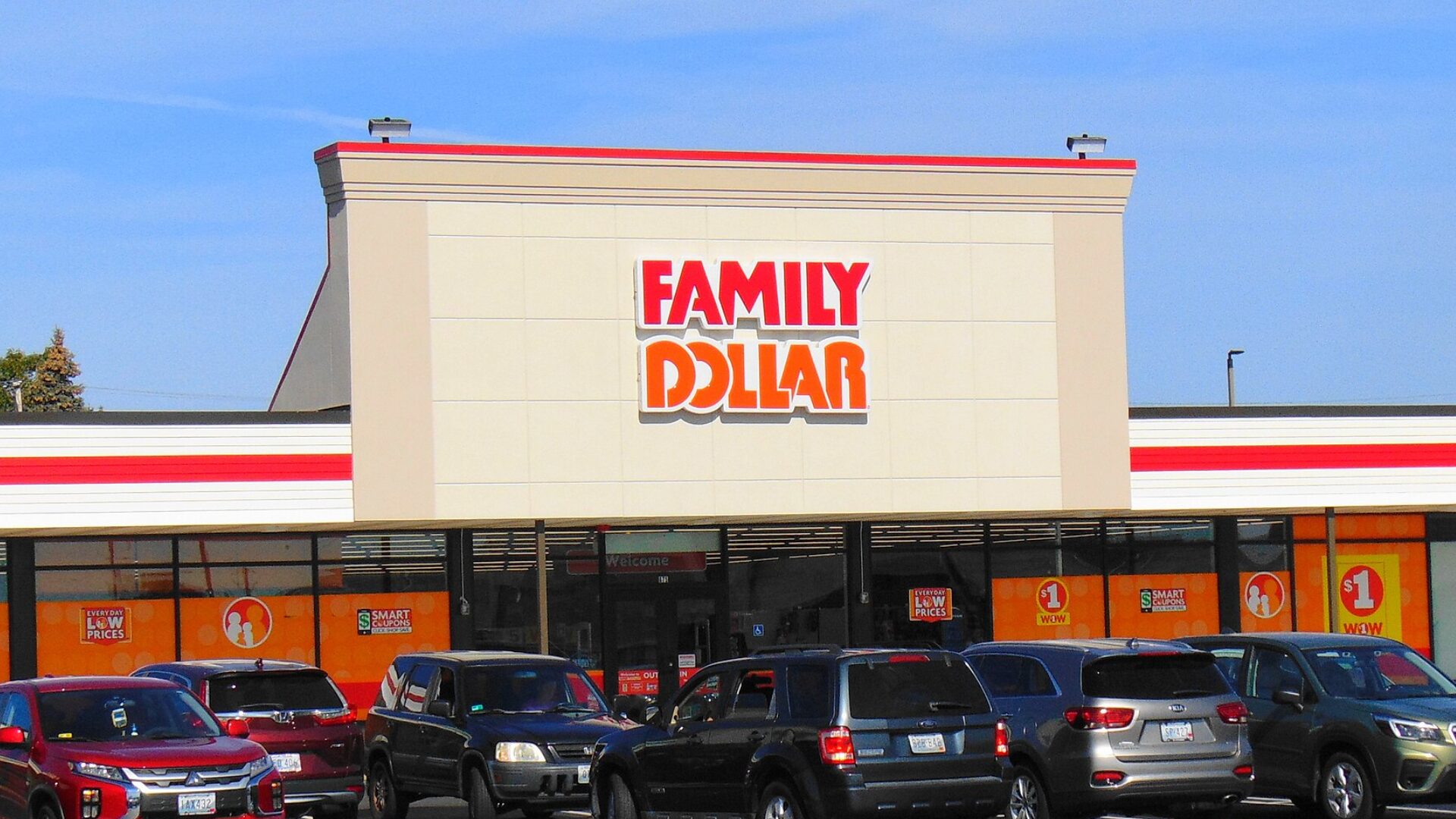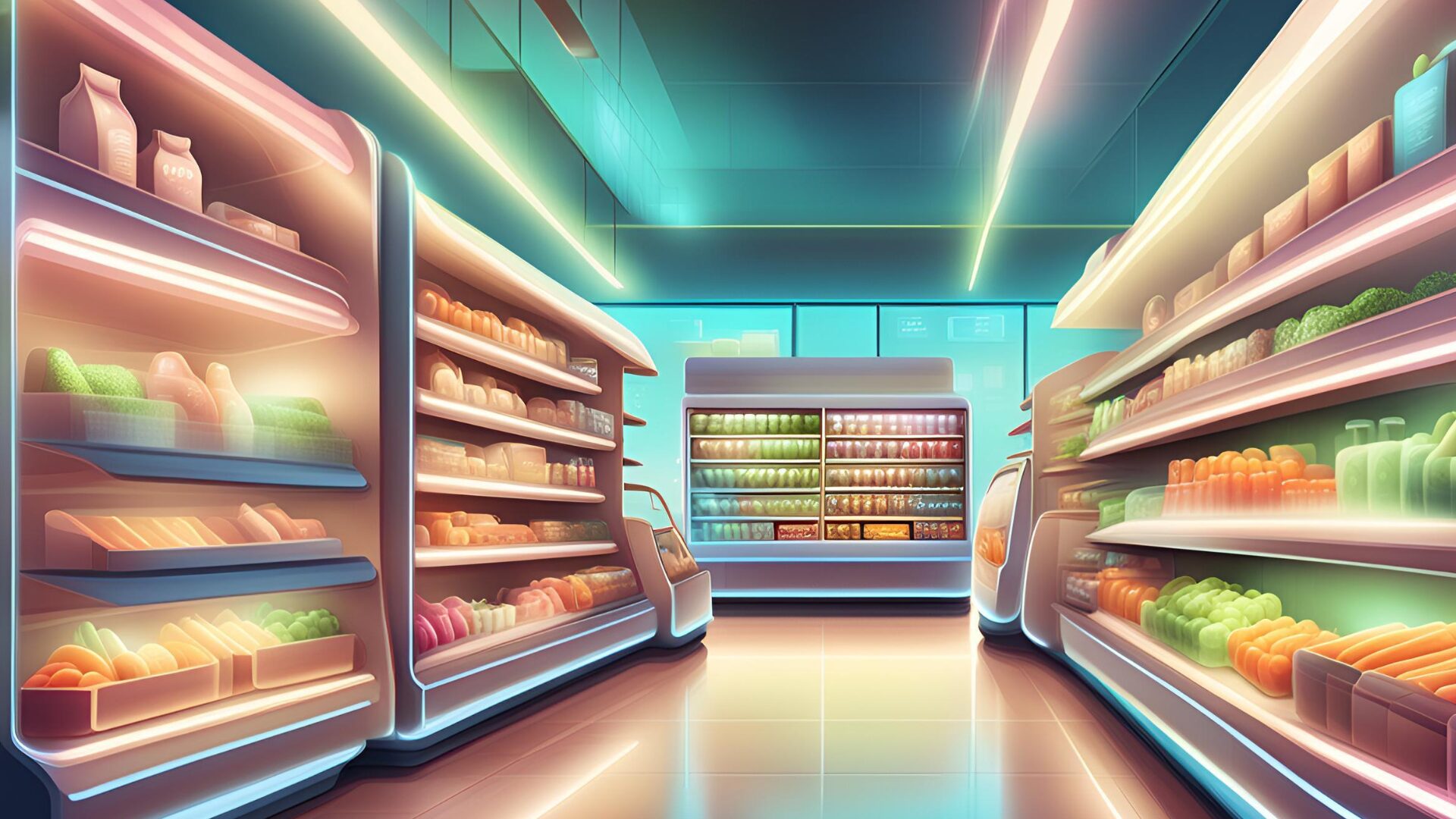Whether it’s consumer fatigue with gigantic stores and their dizzying array of choices, an effort to reduce real estate costs or the bite e-commerce has taken out of brick-and-mortar sales, companies are reducing their square footage, focusing inventories and creating experiences to up foot traffic.
“It almost always comes down to being more efficient with the physical store footprint,” R.J. Hottovy, head of analytical research at Placer.ai, told The Food Institute.
“In some cases, retailers—including food and beverage retailers—are doing well with specific audiences, and they can better serve the needs of those customers with a smaller store format in areas where those target customers live. In other cases, retailers have invested in their e-commerce capabilities, but realize they need a physical store presence to showcase goods before consumers make a purchase and the order is delivered to their homes.
The Wall Street Journal reported (Dec. 12) store sizes are at their smallest in 17 years, with CoStar group noting retail leases averaged 3,200 square feet in the first quarters of 2023. By using foot-traffic analytics and data from online sales, retailers have started targeting their offerings to make it easier for customers to pick up ordered items, allowing stores to reduce inventory, WSJ said.
“Just do the math: If the market is 35% e-commerce, you don’t need stores that are as big as in the past,” David Shiffman, co-head of the consumer retail group at Solomon Brothers, told FI. “The web provides an ‘endless aisle’. You don’t need to show as many products in as many sizes, styles, colors, etc.”
Shelley Kohen, retail instructor at Syracuse University’s Whitman School of Management, said shoppers appreciate the convenience smaller stores provide, and online shopping enhances the brick-and-mortar experience.
“Based on today’s hybrid shopping journey, consumers want to be able to experience a variety of ways to purchase products,” Kohen said.
Kohen predicted the smaller formats likely will persist “into the next few years.”
When it comes to the food industry, Kohen said food and restaurant retailers can take advantage of smaller formats in neighborhoods and lifestyle centers, providing a dining experience to the shopping journey.
“Restaurants provide a well-needed break for shoppers and the ability for a mental reset when shopping,” Kohen said. “Restaurants catering to the local communities can bring authentic cuisine to a neighborhood that adds high value in many markets and would complement retail stores.”
Liza Amlani, principal and co-founder of Retail Strategy Group, said consumers think of large department stores as boring.
“It’s clear today that the customer is not interested in the traditional anchor store of a mall, rather, customers respond to a curated assortment of products,” Amlani said. “As retailers and brands start to tighten up their product offerings, they eventually see that a large amount of square footage does not equate to a memorable customer experience.”












